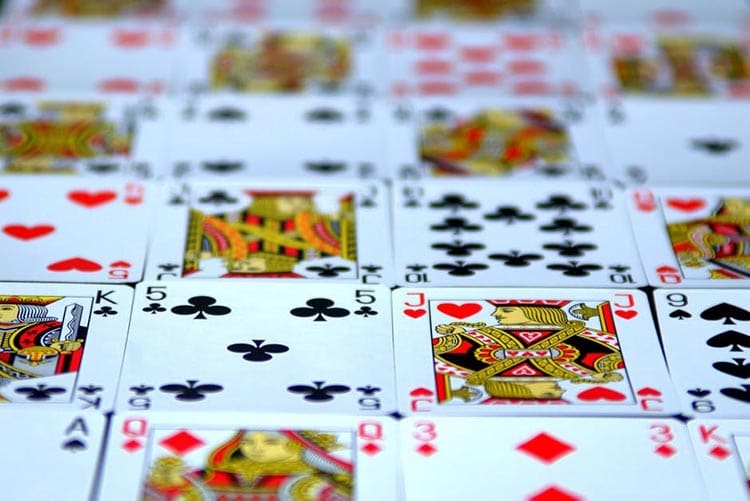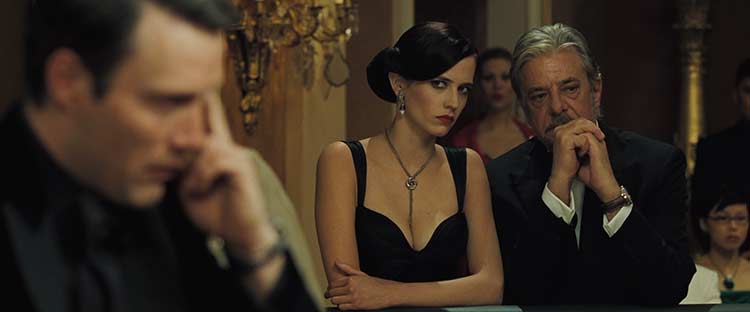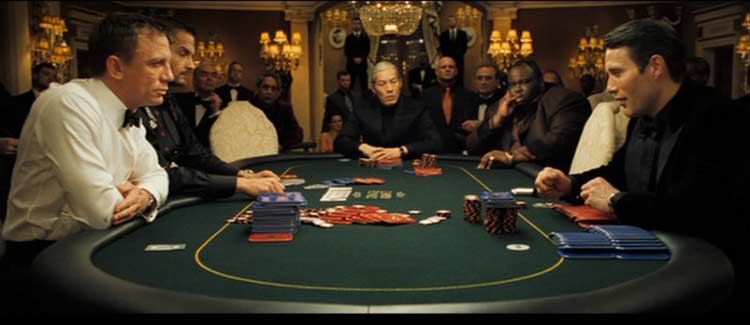For gamblers in casinos there’s a constant battle raging. No, not just to make sure that they win more than they lose – but also to reduce the house edge however they can, however marginal the improvement this might make to their odds of coming out on top. For example, in roulette the seasoned player will always seek out the European table with just one 0 on the wheel, compared with the American version which also has a 00 pocket. Statistically speaking this means that the house edge on the former is 2.6% while the latter is 5.27%.
However, in the game of blackjack, tipping the odds more in the player’s favour rather than the dealer’s is a question of being able to operate an effective card counting strategy.

Card counting made to seem like an incredibly difficult exercise and one which needs you to possess a special streak of genius – like the maths geeks depicted in the film 21. This movie was the fictionalised account of a true story in which gangs of MIT graduate students systematically took a number of casinos to the cleaners. The film may not have been a big critical hit but in the real world it’s believed the actual gang members winded up winning millions of dollars.
While it’s true that casinos will take a very dim view of card counting, that’s about the only element of these films that was accurate. The actual practise of card counting is a far more mundane exercise – but that’s not to say that it is always easy to master.
But before we get into a few specifics about its principles about how it’s really done, it’s important to say that anyone wanting to master the art is going to have to be ready to put in the hard yards of training your brain to watch and calculate quickly while still playing the game – all while avoiding the suspicions of the dealer that this is what you’re doing. But as long as you’re prepared to put in the work, card counting could certainly start to work for you.

How card counting works
It’s a widely held belief that the lower value cards in the deck, namely 2, 3, 4, 5, and 6 benefit the dealer, while the high value cards of 10, J, Q, K and A work more in favour of the player. There are a number of reasons for this. In essence, having high cards in a hand increases the player’s chances of hitting a natural blackjack in which the house pays out 3:2, while if the dealer also achieves one it will only mean the player loses their original bet.
It’s also true that when there are a higher number of 10s left to be dealt, players have more chance of winning when they double on a 9, 10, or 11 by drawing a high card and making a high hand. It also makes splitting hands potentially more profitable as it increases the probability of being dealt a 10 or an A to one of those split cards. As the dealer is unable to do either of these things, they are at an immediate disadvantage compared to the player.
On the other hand, low cards benefit the dealer because in the game they have to hit when their hand is between 12 and 16, so drawing any card up to a 5 will prevent them from busting.
Given this information, the most logical way for a player to keep track of which cards remain to be dealt is not by memorising which actual ones have already been dealt. It’s by ascribing a positive or negative score to each one and keeping a constant tally in their head about the current state of play.

Card counting the simple way
This sounds complex but is, in fact, quite straightforward – especially if you choose to use the most basic method of card counting, prosaically called the Hi-Lo. In this each low card (2, 3, 4, 5 and 6) is given a score of -1 when it is dealt while the high cards (10, J, Q, K and A) are scored +1. By keeping the score of what has been dealt the player can have a good idea about their betting strategy. If the running total is a minus number the advantage lies with the dealer; if it’s positive it lies with the player and the higher the number in each direction the more conclusive the position.
There are a number of different systems, but all of them share the same basic principle of a card’s “effect of removal” – in other words, how it affects the probability of the dealer or player getting a winning hand with the cards still to be dealt.
As to how to master these systems? It’s a question of practice, practice, practice. You might not want to do this for real until you’re totally confident you’ve got the gist of it first. However, the good news is that there are some excellent online resource out there to test your newfound skills – such as this useful card counting tool.

A word of warning
Before you head for the casino to try the skills out for real, it’s vital that we reiterate that they’ll be on the lookout for anyone they suspect of using the technique. Dealers are well briefed in identifying individuals’ betting patterns that may suggest card counting. Plus, the ‘eye in the sky’ surveillance cameras are also trained on the blackjack tables for this very reason.
There have been some high profile cases over the years of players getting themselves into hot water over card counting with even Hollywood stars like Ben Affleck finding themselves banned from casinos when it’s been discovered.
And it’s this that suggests that card counting really is a technique that works, otherwise why would casinos take such great steps to spot and eliminate the practice? You can be sure that they have enormous amounts of evidence to show that it costs them money which they believe that they can ill-afford to lose – and which any blackjack player worth their salt dearly wants to win.















